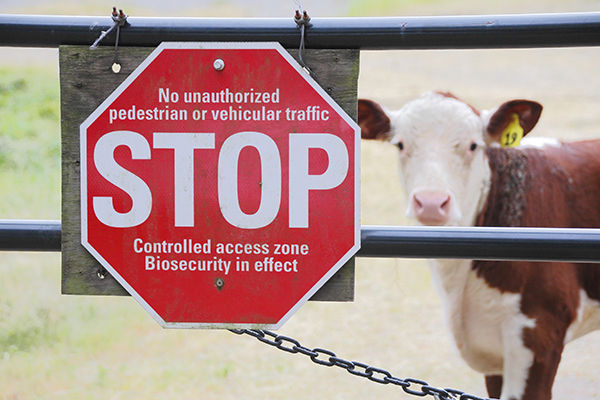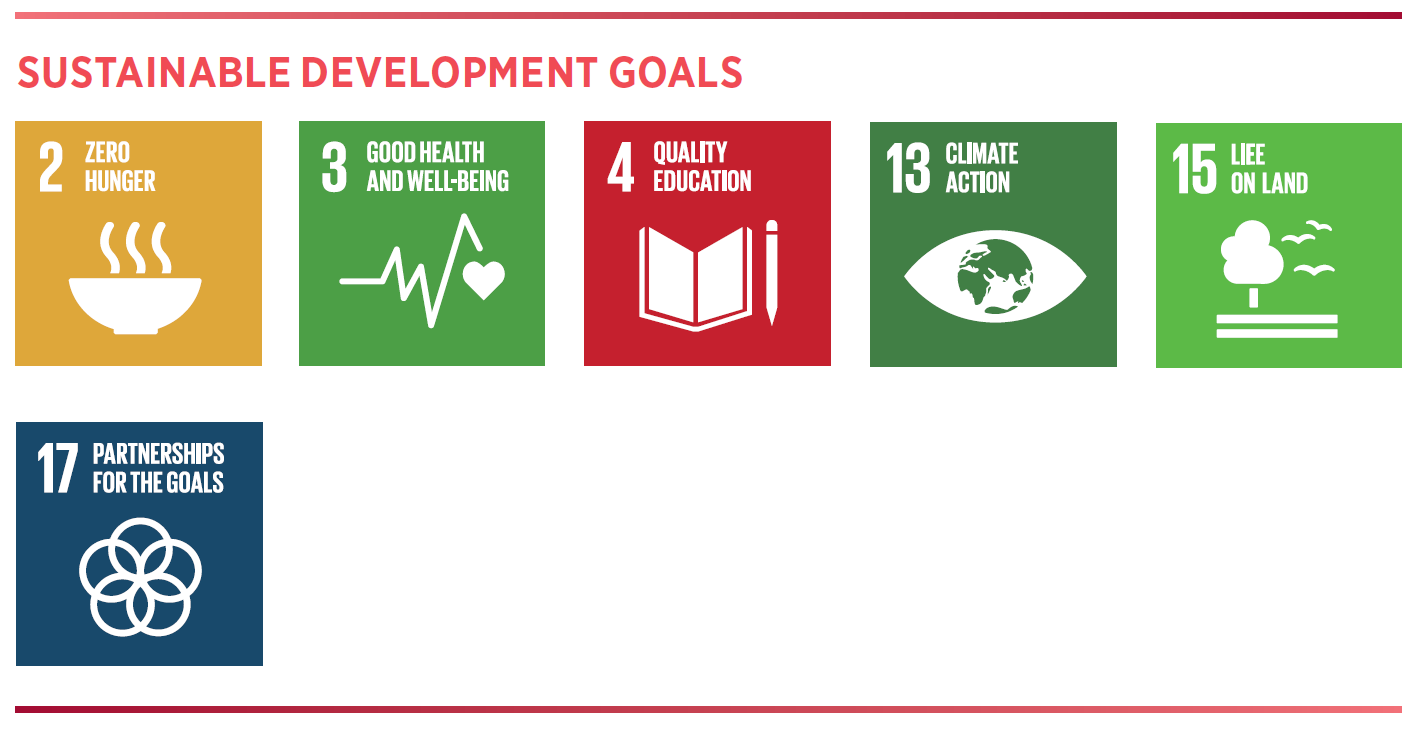Biosecurity & Environmental Health

Biosecurity regulations oversee the critical management of animal health, introduced weed and feral animal management, and associated vectors affecting health protection for agricultural industries and ecological systems. Environmental health is also a critical area, seeking to manage risks to human and ecological health from chemical or biological toxicants.
Overview
Key Strategies Emerging
Key focus of biosecurity activities to date include protection measures for the commercial grazing operation on Hawkesbury campus, and research greenhouse operations associated with protected cropping. These focus on quarantine barriers and associated disinfection/wash down procedures relating to the controlled movement of people, vehicles, stock and other biological materials.
A strong focus of environmental health monitoring and investigation has been associated with the risk management of recycled water on Hawkesbury campus.
Management Initiatives Underway
Biosecurity procedures have been implemented on the Hawkesbury Farm. These include signage, footbaths and wash down procedures for access off roadways into biosecure paddock areas.
Quarantine prevents stock movement onto Hawkesbury Farm other than those managed as part of the commercial farm operation.
Risk management protocols are established for access by contractors, staff and students, and visitors.
Feral animal management (PDF, 1069.4 KB) (opens in a new window) across all campuses has included best practice management of rabbits on Hawkesbury, Penrith and Campbelltown, along with fox management on Hawkesbury Farm.
A preliminary due diligence assessment of surface recycled water and stormwater to the risk of PFAS in 2018 found the risks to human very low and within accepted standards of tolerance.
Related Living Lab Initiatives
Compliance Requirements and Risk
The Biosecurity legislation is strictly enforceable. Risks of animal health to commercial stock is significant, along with broader ecological impacts.
Trends and Interdependencies
Biosecurity management is one facet of current best practice requirements for agricultural and peri-urban lands. Changes in land use and factors associated with climate change are expected to influence the movement and threat posed by disease vectors, geographic distribution of risks, and epidemiology.
Environmental health risks have complex interdependencies associated with the generation and vectors of toxicants and health risks and impacts via epidemiological and ecological processes.
Targets
| 2022-2025 | Zero biosecurity incidents |
|---|
Initiatives and Case Studies
Hawkesbury Campus
Biosecurity procedures are critical to commercial and research facilities. On Hawkesbury campus two such examples are the Hawkesbury Farm and the National Vegetable Cropping Centre. Both of these have clear quarantine and biosecurity procedures to prevent the introduction of disease or contaminants via footwear, and in the case of Hawkesbury Farm, vehicles and other stock.
CO2 Concrete for Biosecurity Structures
A collaborative Living Lab initiative between Engineering (opens in a new window) and the Hawkesbury Farm has been to utilise CO2 concrete for biosecurity structures and other non-structural concrete uses.
CO2 concrete has been developed through utilising recycled materials with the injection of CO2 at pressure.
Engineering has increased its production capacity, firstly with boot cleaning structures produced at Kingswood, and subsequently larger pads around drinking troughs which were poured on-site by a civil engineering firm.

Mobile options:


